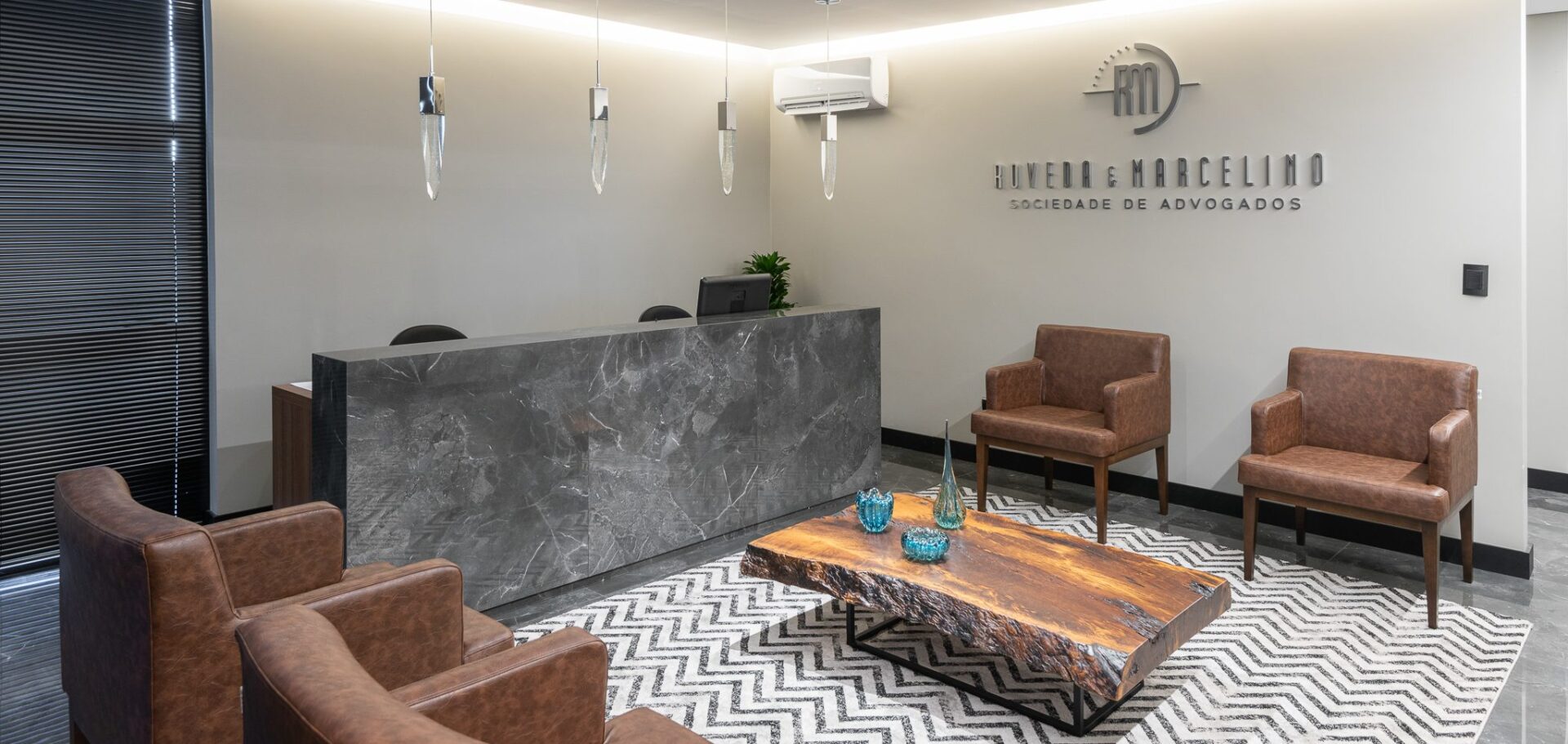Results Marketing Services We are a Marketing Strategy Focused company for SME business and Start Ups. And We are a Division of Mr Results Pty Ltd, Proudly Incorporated and Based in. RMSA Assam TET 2020. With a view to offer quality education in the secondary schools of Assam, the Govt. Of Assam has amended the Assam Secondary Education (Provincialised) Service Rules, 2003 fixing minimum standard of qualification for teacher’s eligibility in secondary schools in accordance with NCTE Regulation. About us RMSA Retail Solutions enables retailers to maximize profits and optimize sales through inventory management. RMSA forecasts inventory needs using a dynamic approach that accomodates.
Given the current state of retail, it was suggested recently that I write an article about open-to-buy (OTB) planning. My original reaction was who wants to read about that? However, after reviewing previous articles, I noticed that I have covered almost everything, but open-to-buy. since I work for a company that provides independent retailers with opten to buy plans, I guess it might be about time.
Please enter your login and password below. Login: Password: Forgotten your password? About Us; Clients; Shoppers; Contact.
I am going to let you in on a trade secret: the formula for OTB is not difficult. Begin with planned sales, determine the first of the month inventory level, factor in markdowns, transfers, and vendor returns, add in merchandise receipts, subtract what is on order, and you have your OTB. Simple. Or is it?
Breaking Down Open to Buy Planning
Let’s start with planned sales. Where do they come from? Most independents get into trouble right out of the gate by getting this segment of the planning process wrong. A common, albeit incorrect approach is to plan monthly sales volume based on last year. Using last year’s figures to project future sales is wrong on several levels. If sales last year were driven by markdowns and were thus unprofitable, there is a good chance that planning around that number for the upcoming year may render the same if not worse results. If sales were off due to a downward fashion trend or poorly timed shipments, the classification would also falter and the store may in fact end up under planning the classification. Sales planning, projecting, forecasting or whatever label you wish to assign to it needs to be done at the classification level and not by brand. Most independents almost always want to plan for an increase in business whether warranted or not. An unrealistic sales forecast will generally lead to an overbought situation which in turn will lead to increased markdowns at best and decreased turn and cash flow at worst. Classifications get planned up based on profitable sales and trends, and down when the reverse happens. Merchandise planning that originates at the class level and rolls up to the department and then store level is referred to as bottom-up planning as opposed to top down planning that emanates from a total company plan and works its way down to the class level.
Planning the needed stock level to support the sales plan is the next phase. This is accomplished by the use of stock/sales ratios. A stock/sales ratio is simply a relationship between stock and sales. It is related to the turnover and the proper timing of deliveries. Stock/sales ratios are different for each classification and for every month. This is perhaps the single most compelling reason for automating the planning process. For example, a classification that is planned to turn three times would have a stock/sales ratio of 4. This can also be viewed as a number of month’s of supply to have in stock. (12 months/3 turns = 4 months of supply.) If a classification holds more than it can sell for a given period of time, the stock/sales ratio increases and over time, turnover will decrease. In severe examples this can lead to higher markdowns than usual, reduced margins and an overall reduction in gross margin return on inventory (GMROI) as well. Suffice to say, getting the inventory planned correctly is a vital step. When using the retail method of accounting, as we are assuming in this discussion, stocks are planned at the current retail value. This means that markdowns are recognized when they are taken as opposed to when the merchandise is actually sold. This reduces the “market” value of the inventory by the amount of the markdown, which increases turnover and generates additional OTB dollars to land new merchandise. Some systems do a much better job at handling this than others; you can trust me on that.

So far we have discussed the two most important elements in the creation of an OTB plan, the sales and inventory forecasting. If errors are made in either of these areas, the OTB plan is going to be wrong. After planning sales and stock levels, markdowns need to be planned for. Some stores fail to do this arguing that the additional inventory planned to compensate for the markdowns leads them to become overbought. I would argue the reverse. By not planning for the markdowns, the classification can become under stocked and thereby miss potential business and who wants to risk that? Store history can help us with the planning of markdowns. Traditionally, seasonal classes like sandals and winter boots show heavier markdowns toward the end of the selling season. Knowing this, we can plan our buys around this to take advantage of promotional goods for these expected “sale” periods.
Staff Corner Shala Darpan


Other components that must be recognized are merchandise transfers in and out, as well as vendor returns. Once these are properly accounted for, we now have our gross planned receiving at retail. This number can readily be converted to cost for stores that prefer buying at cost as opposed to retail, using the cost complement of the initial markup of the classification.
Our final step in OTB planning is to deduct what is already purchased by month of planned delivery. Once the merchandise on order is subtracted from the planned receiving figure you have your OTB number. OTB plans are typically done for a season, say spring or fall, and generally, though not always in six month increments depending on the commitment requirements of the particular classification. A good planning program is not static. It should revise itself monthly based on the rate of sale in each classification, amount of markdowns needed or taken, and other factors. A good rule of thumb for our current economic climate would be to consider spending no more than 60 percent of the season’s OTB up front reserving 20 percent for fill-ins and 20 percent for promotional buys. This is a guide only and will vary based on type of store and the classification involved.
Results of poor OTB planning or no planning can be quite costly and generally lead to inventories that are out of balance. Under planned classifications lead to lost sales, whereas over planned categories typically end up less profitable due to markdowns and slower turnover. Attention also needs to be given to reporting accuracy, since inventory variance can substantially alter the merchandise plan. The capture of markdowns and transfer reporting is a good first place to look if you encounter an inventory variance that is outside of industry norms. Not using an open-to-by plan is like driving a car without insurance or building a house without a blueprint. It is dangerous and sometimes the outcome can be disastrous.
Why do fingers crack. Hold your hands up with the palms facing away from you and interlock your fingers. Now push your hands away from your body so that the back of each hand bends the fingers of the other hand backwards. Keep pushing until all your knuckles crack. Hold your hands up with the palms facing away from you and interlock your fingers. Now push your hands away from your body so that the back of each hand bends the fingers of the other hand backwards. Keep pushing until all your knuckles crack. This method allows you to select the knuckles that you would like to crack.
United Healthcare Rmsa
As a courtesy to Independent Retail readers, I will offer a one time review and analysis of any OTB plan at no charge or obligation. Email RSayner@RMSA.com for details. Ritchie Sayner is Vice President of Business Development for RMSA Retail Solutions.


Comments are closed.